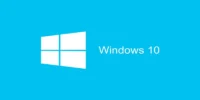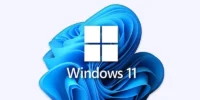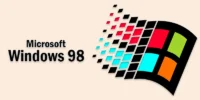Difference Between Distributed Operating System and Time Sharing Operating System
Published: 30 Jan 2025
Distributed Operating System VS Time Sharing Operating System
Did you know that distributed operating systems manage multiple computers, while time-sharing systems focus on sharing a single computer among users? If you’ve ever wondered which one suits your needs, you’re not alone—it can get confusing! Many struggle to decide between these systems for tasks like handling networks or managing multiple users efficiently. Imagine needing a system for your business but not knowing if scalability or resource sharing is more important. Let’s clear the confusion and dive into their differences, so you can make the right choice.
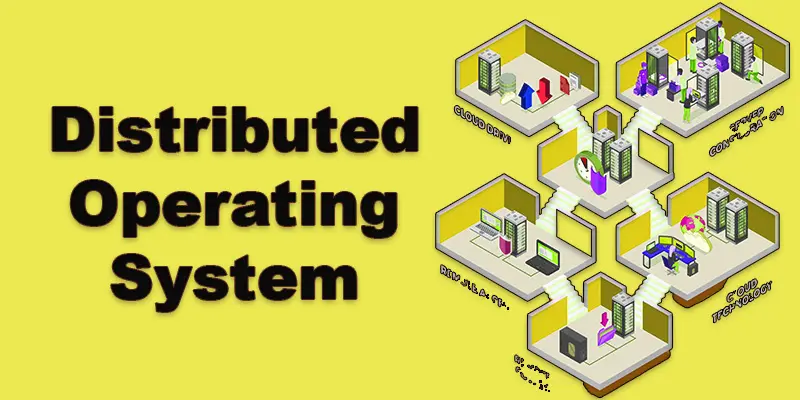
What is the Difference Between Distributed Operating System and Time Sharing Operating System
A Distributed Operating System (DOS) coordinates several independent computers to function as one cohesive system for users. On the other hand, a Time-Sharing Operating System (TSOS) enables multiple users to access and utilize the resources of a single computer by allocating time slots for each user.
| Distributed Operating System | Time Sharing Operating System |
|---|---|
| An operating system that functions as a single system across several machines connected by a network. | An operating system that divides time into manageable chunks so that several people can share a single machine. |
| To make it possible for many systems to coordinate and share resources. | To give users interactive access to a single system so that tasks can be handled effectively. |
| Resources are shared across a network. | Resources are allocated to multiple users sequentially. |
| Manages multiple computers as one unified system. | Focuses on sharing one computer’s resources among users. |
| Cloud services like Google Drive, Amazon Web Services (AWS). | Computer labs in schools or universities. |
| Decentralized resource management. | Time slicing to ensure fair user access. |
| Requires a network to function. | No network dependency operates on a standalone system. |
| Highly scalable with the ability to add more systems. | Limited to the resources of a single system. |
| Offers fault tolerance with backup systems. | Not fault-tolerant a failure can disrupt all users. |
| Data is shared across connected systems. | Data is managed locally within the single system. |
| Manages multiple tasks across different systems simultaneously. | Manages tasks of multiple users one after the other. |
| Expensive due to multiple systems and network setup. | More affordable for small-scale setups. |
| Complex security measures due to network communication. | Simpler security as it operates on a single system. |
| Requires technical expertise to manage and set up. | Easier to use for general users. |
| Can handle large-scale applications with high efficiency. | Performance decreases with an increasing number of users. |
| Systems communicate using protocols and message passing. | No inter-system communication is needed. |
| Businesses requiring distributed computing or cloud services. | Small organizations or educational institutions. |
| Distributed databases, cloud storage systems. | Multi-user operating systems like UNIX. |
| Needs multiple interconnected systems. | Works on a single machine. |
| Functions as a collective system. | Functions as a single-user system shared by many. |
| Users see it as one system despite multiple machines. | Users interact directly with one computer. |
| Manages tasks across the network. | Divides tasks into time slices for sequential processing. |
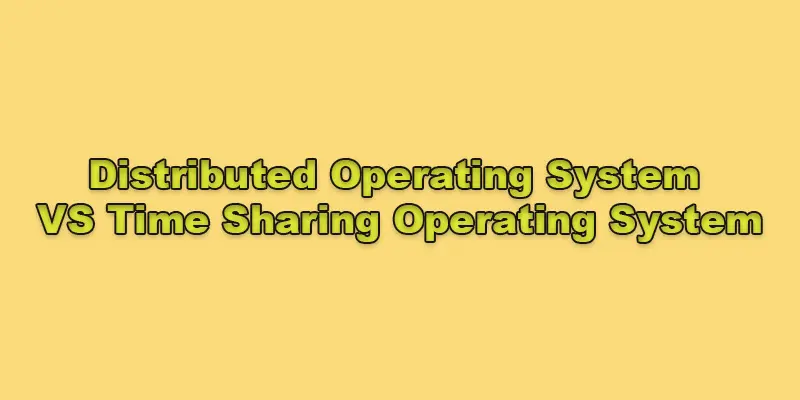
Conclusion About Distributed Operating System vs Time Sharing Operating System
So in this article, we’ve covered the difference between Distributed Operating System and Time Sharing Operating System in detail. After understanding their features and use cases, my recommendation is to choose a Distributed Operating System if you need scalability and manage multiple systems efficiently. On the other hand, a Time-Sharing Operating System is great for smaller setups or educational environments. Now, think about your needs and decide which one works best for you. Don’t forget to explore further to get more hands-on experience with both systems!
FAQS – Comparison of Distributed and Time Sharing System
They are used in multi-user environments like universities, research labs, or online systems. Examples include banking systems or airline reservation systems where many users work simultaneously. It ensures fairness and fast responses.
It depends on your needs. Use a distributed operating system for managing multiple computers in a network. Use a time-sharing system for sharing one computer’s resources among many users.
Time-sharing means sharing a single computer’s resources among many users at the same time, giving each user a small time slot. Distributed means connecting many computers through a network to work together like one system and share resources.
Key features include resource sharing, fault tolerance, and scalability. It allows different computers to share files, printers, and applications seamlessly. It also continues to work even if one system in the network fails.

- Be Respectful
- Stay Relevant
- Stay Positive
- True Feedback
- Encourage Discussion
- Avoid Spamming
- No Fake News
- Don't Copy-Paste
- No Personal Attacks

- Be Respectful
- Stay Relevant
- Stay Positive
- True Feedback
- Encourage Discussion
- Avoid Spamming
- No Fake News
- Don't Copy-Paste
- No Personal Attacks


